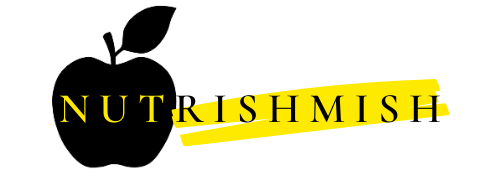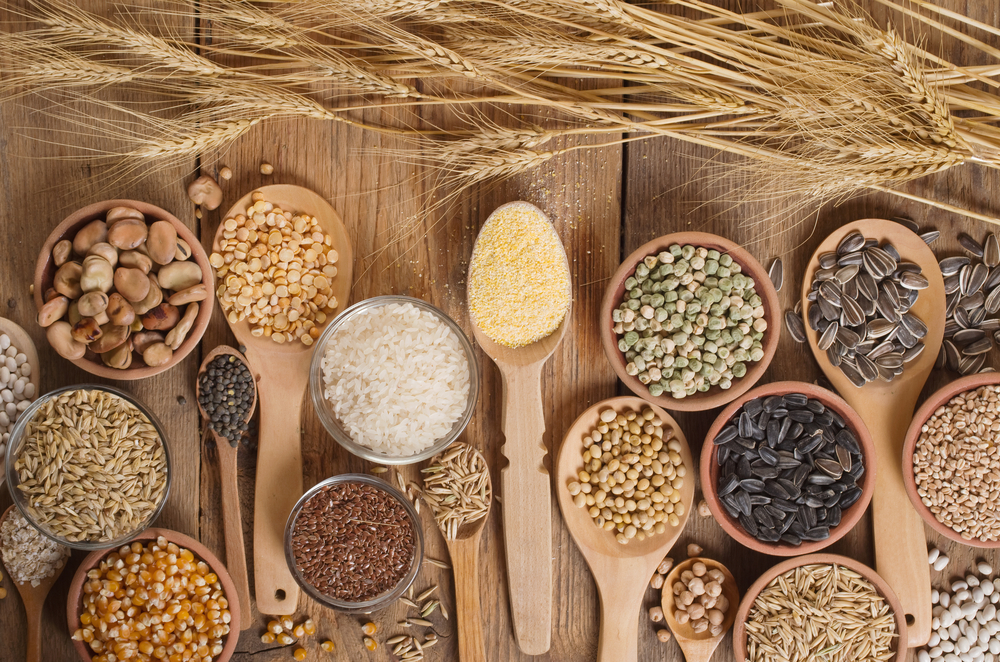Grains, what are they?
A grain is a small, hard seed, especially the seed of a food plant such as wheat, oats, rice, etc.
Are they good for you? Bad for you?
Whole Grains vs Refined Grains?
Types of Grains:
1.Wheat berries
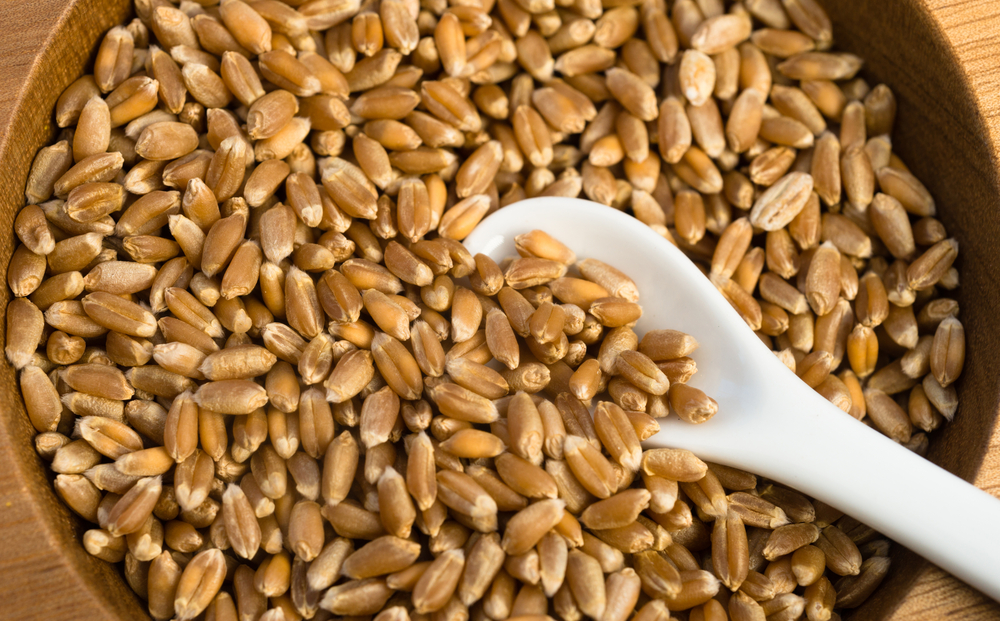
Wheat berries are the whole form of the processed wheat you are familiar with. Sweet nutty flavor and crunchy texture. This is wheat in its whole, unprocessed form containing bran, germ and endosperm of the grain kernel, which means they are full of nutritional value. Fiber, protein and B vitamins. They make a great base for a dish, topping for a salad, or side dish in place of rice. When wheat berries are milled, they make whole wheat flour used to make breads and other baked goods. To make "white bread" or traditional baked goods and desserts, this whole wheat flour is further processed into white flour which is devoid of any nutrients and therefore provides no nutritional value and is actually harmful to the body when consumed in excess.
2. Rice
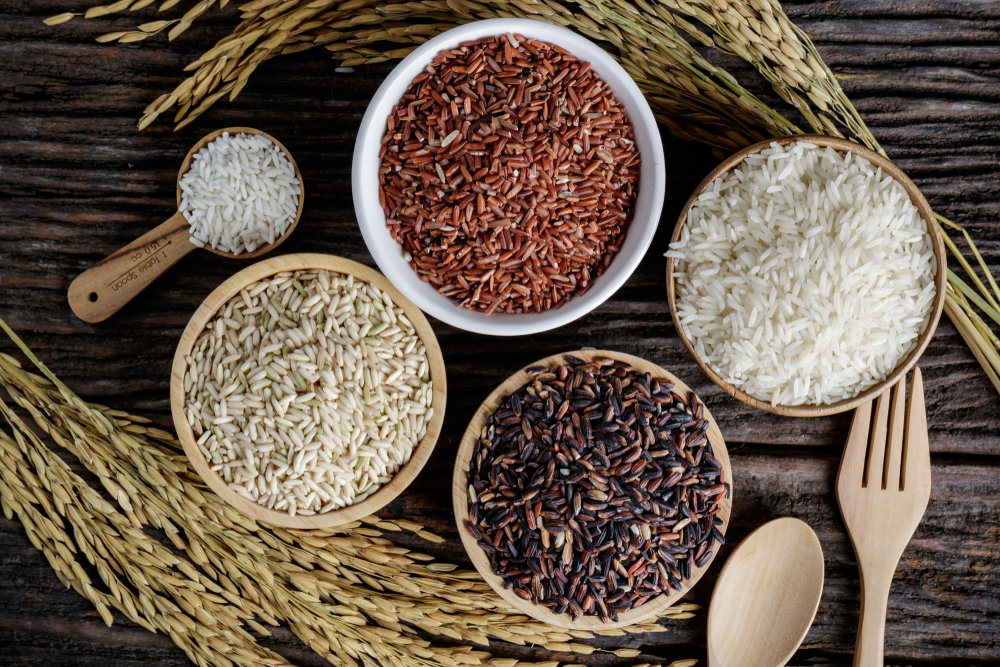
Definitely one of the most common grains, rice is a simple add-on to meals thanks to its versatility. Brown rice is the whole grain form of white rice, and is therefore healthier and contains more nutrition. Brown rice is a great source of manganese, selenium and magnesium, as well as antioxidants. If you are feeling adventurous, try out a rice like black rice, which has a slight dark purple color. Because of its dark purple color, it contains anthocyanin, a powerful antioxidant found in eggplant and other dark vegetables.
3. Quinoa
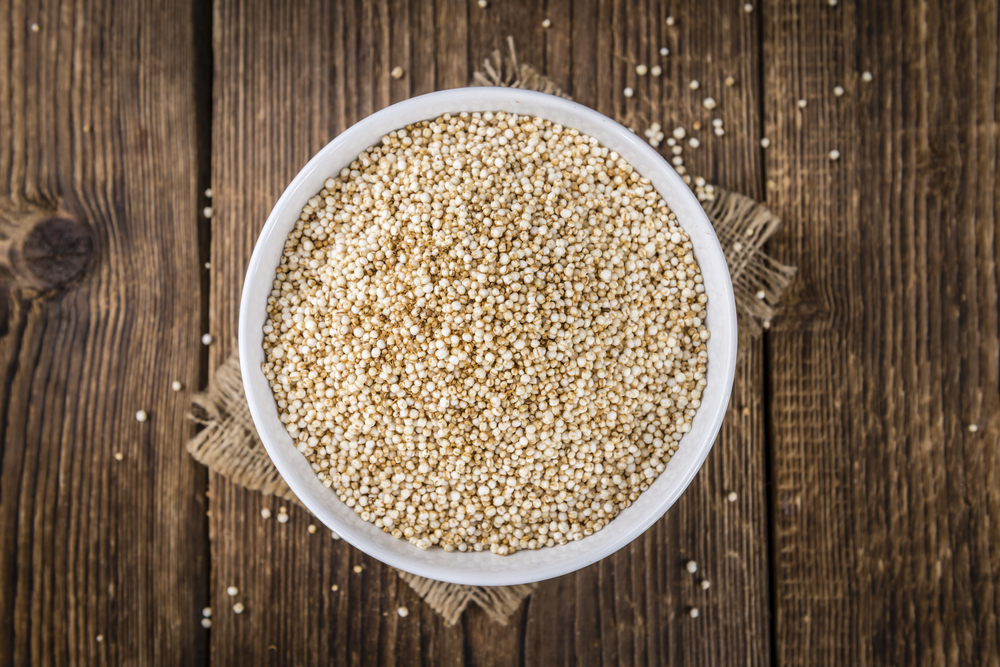
TECHNICALLY A SEED, not a grain! But it's used as a grain so we will refer to it as a pseudo-grain. Quinoa is a complete source of protein, so ideal as a staple for vegans or someone who limits their consumption of animal protein. It also has high levels of vitamin E and calcium.
4. Oats
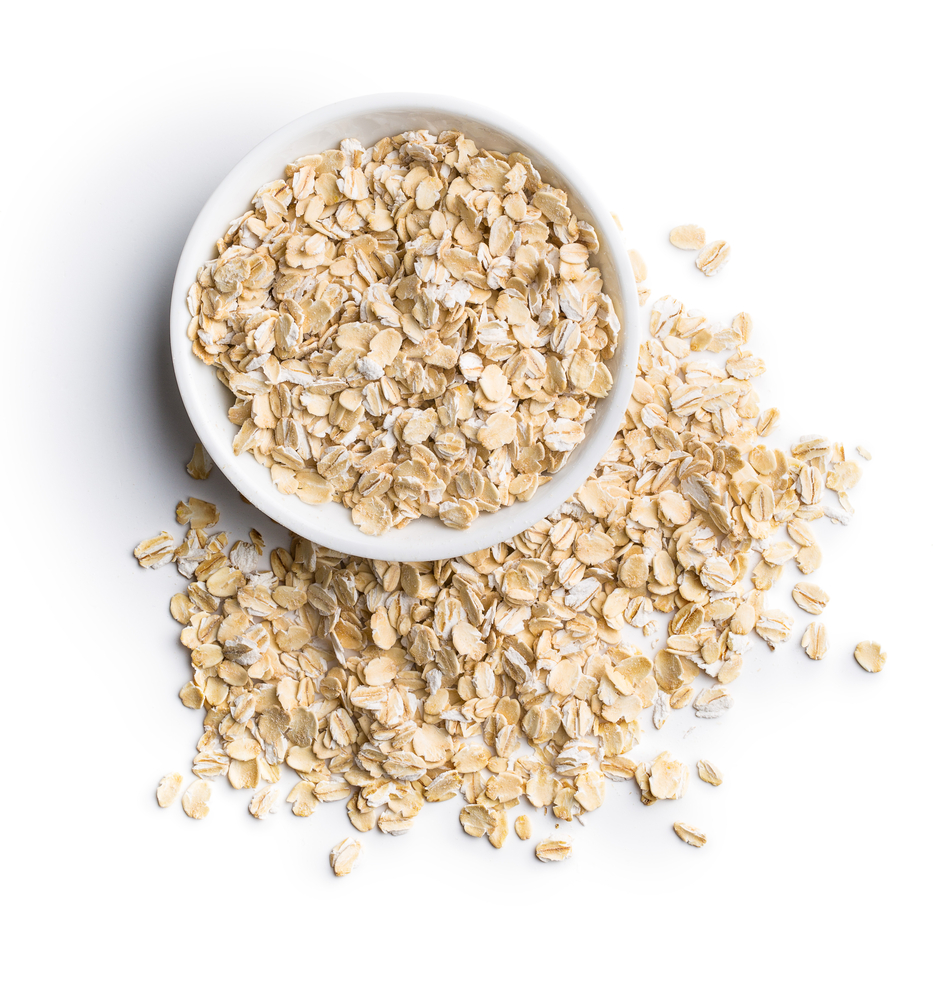
important vitamins, minerals, fiber and antioxidants into your diet.
High in fiber and low glycemic, so if you are going to opt for a carby breakfast, oats are great for blood sugar control!
5. Spelt
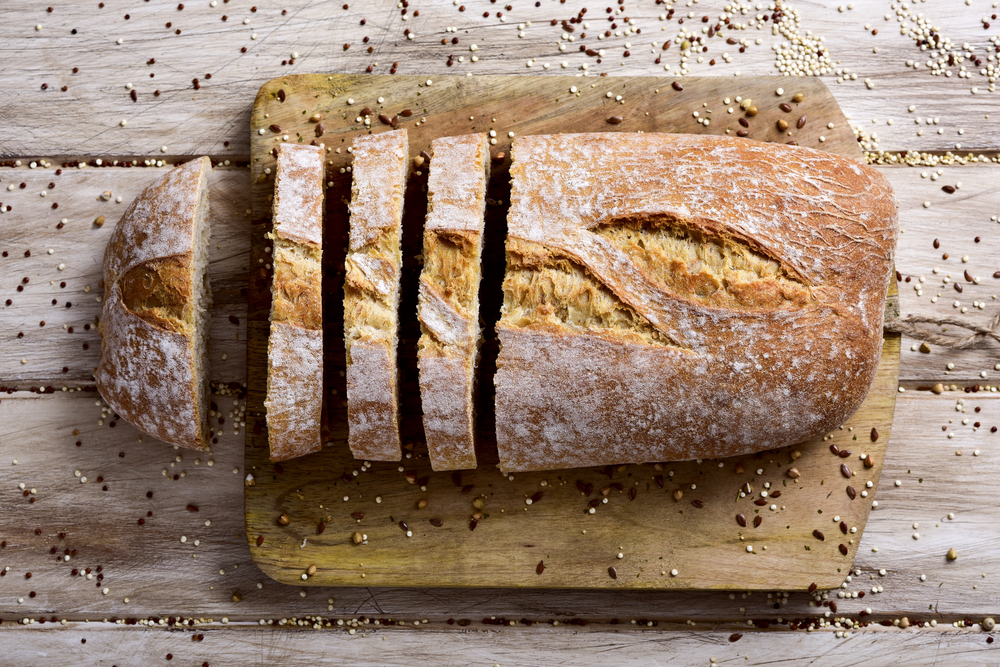
Spelt, which has a sweet, nutty chewiness and is derived from wheat. It offers an array of nutrients like complex carbohydrates, vitamin B2, niacin, manganese, thiamin, copper, and magnesium, minerals, fatty acids, amino acids and more. Because it is soft and light, it can be used in place of white flour in traditional baked goods to add nutritional value and cut out refined grains!
6. Barley
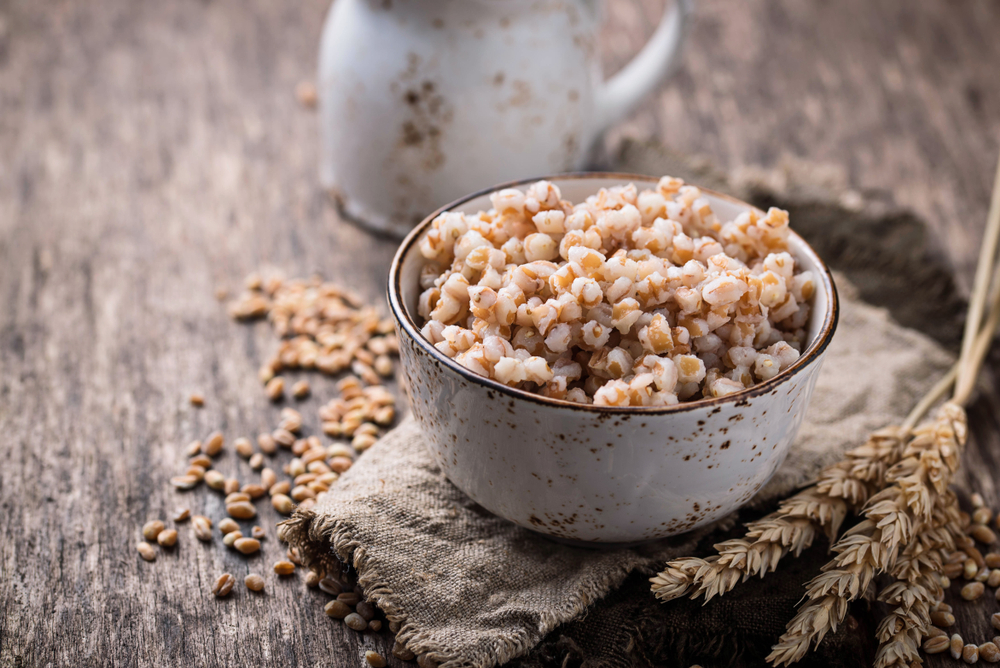
Barley has a texture sort of like an oat and brown rice combined. It is high in antioxidants, vitamins, minerals like manganese, magnesium and iron. Because of its fiber and protein, it scores very low on the glycemic index, so another high quality carbohydrate. It its best used in soups in place of rice or noodles.
7. Buckwheat
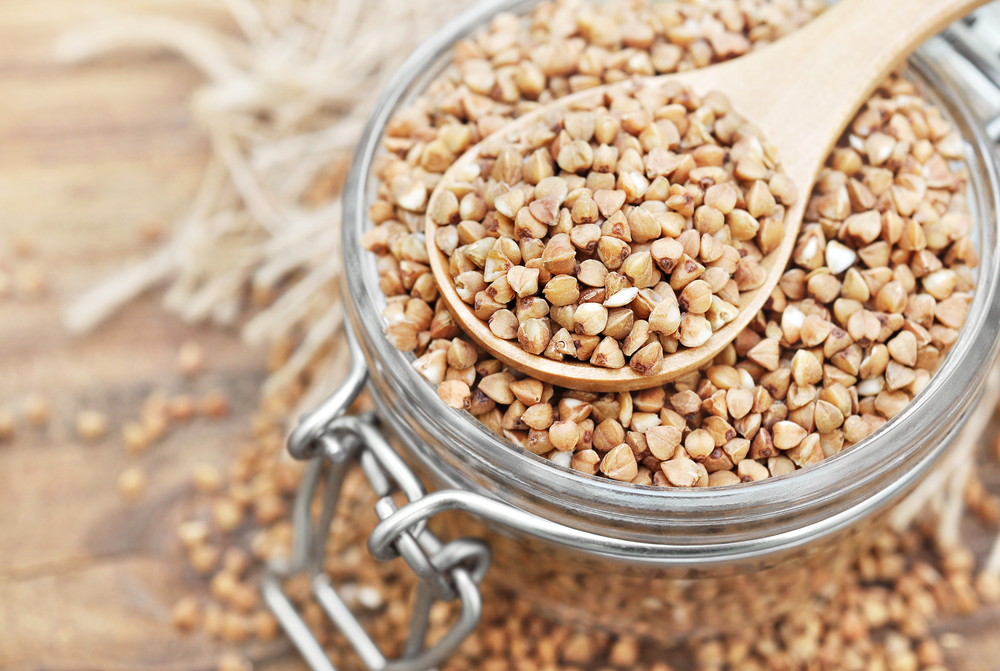
Despite the word "wheat", buckwheat is a gluten-free seed that is packed with nutrients including protein and fiber, and antioxidants. It has an intense taste that resembles toasted bread that will certainly bring a unique flavor to recipes.
8. Corn
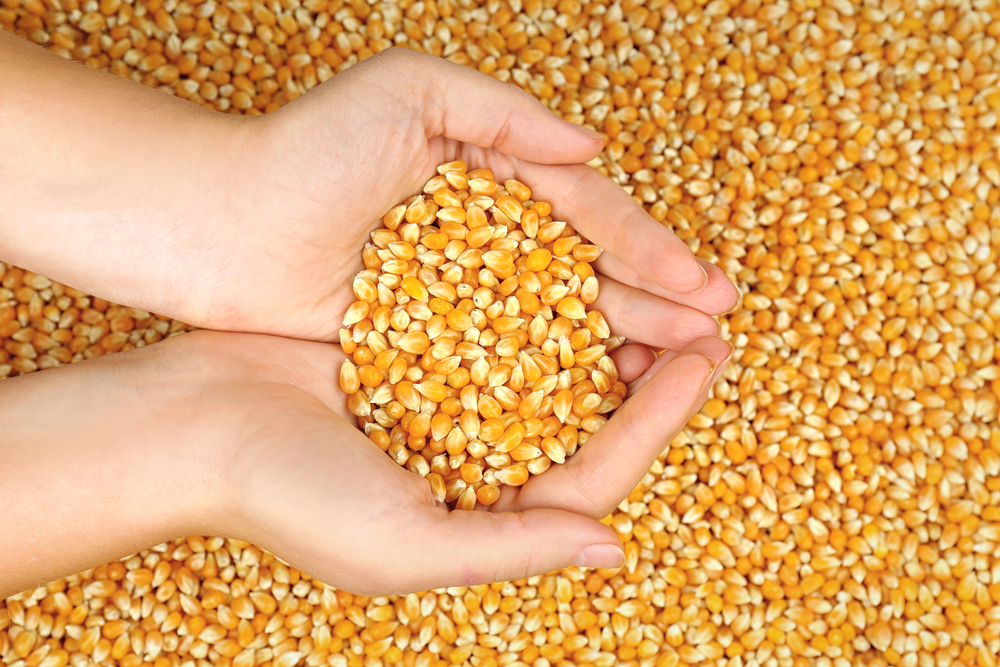
Whole-grain corn is as healthy as any cereal grain, rich in fiber and many vitamins, minerals, and antioxidants. It comes in a variety of other colors, such as red, orange, purple, black, white. Corn can also be refined into white corn flour, devoid of nutrients, and made into corn tortillas, cereals, etc. However, these grain products can also be made from whole grain corn, which will contain more nutrients. Corn contains a bit more starch and sugar, depending on the variety, than other grains.
How do I know if something is whole grain?
Something only has to be about 30% whole grain in order for it to advertise as "whole grain". So sometimes you can get a mix of whole and refined grains. Read the ingredients list: the FIRST WORD should be "whole" followed by whatever grain. Make sure that further down the ingredients list you do not see any refined grains, for example: "wheat flour" or "enriched wheat flour", which is refined white flour. If it's not "whole", put it back!
Are grains healthy to have in my diet?
Your current health status and goals are going to determine if, and how many, grains can be included in your diet. Grains are very high in carbohydrates, making them not very suitable for diabetics or others with insulin resistance. Carbohydrate rich foods cause blood sugar spikes, which can be problematic for diabetics or those looking to lose weight.
Another common argument against grains, is that they contain antinutrients, substances that interfere with digestion and absorption of other nutrients. Too many grains can cause malabsorption of many vitamins and minerals your body needs. Try to limit your grains to about 1/2 cup per meal if you do include a grain.
What about sprouted grains?
Grains that are "sprouted" have been soaked in water and germinated. These can then be eaten after "sprouting" or can be baked into sprouted grain breads/baked goods (such as Ezekiel bread). Sprouting grains is believed to increase key nutrients absorbed by your body from the grains, and they are easier to digest. Sprouted grains are the healthiest form to consume your grains in, because of how much more nutritional density they carry. It also makes them lower on the glycemic index, which means better for blood sugar control. Another benefit of sprouting is that it helps degrade some of the antinutrients in grains, making way for better absorption of nutrients.
